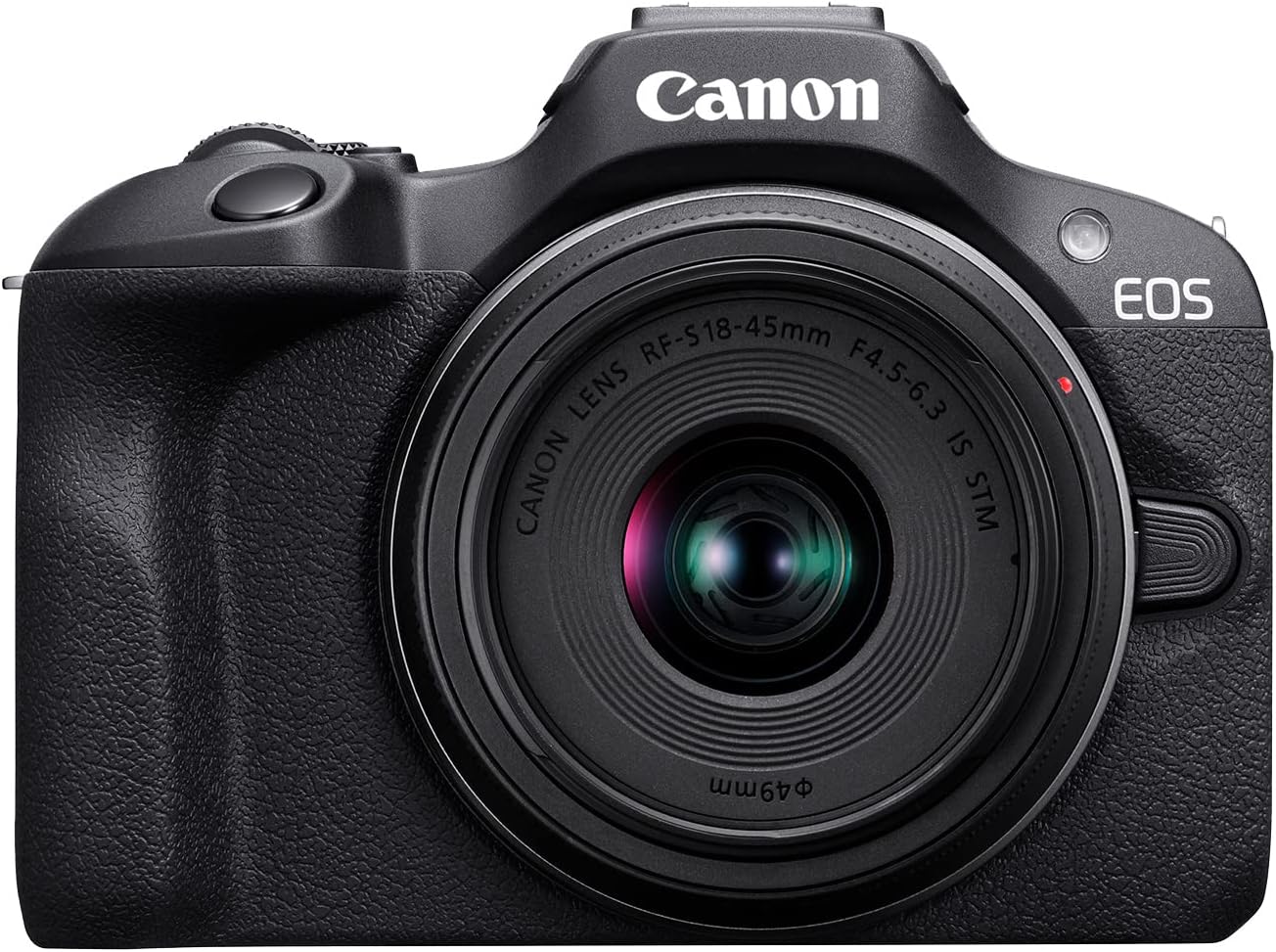How to Stream with Mirrorless Camera: A Detailed Guide for Professionals
The shift in technology has influenced many aspects of professional photography. Streaming has become an integral extension of this art, and understanding how to stream with a mirrorless camera can elevate both the quality and the engagement levels of your content.
Professional photographers are frequently on the lookout for innovative ways to showcase their work, and streaming with a mirrorless camera holds the potential to offer incredible resolution and flexibility. This article explores the nitty-gritty of setting up, optimizing, and making the most of your mirrorless camera for seamless streaming.

Why Stream with Mirrorless Cameras?
Mirrorless cameras are designed to be more compact and more versatile compared to traditional DSLRs. Their cutting-edge sensors and autofocus systems provide high-quality images, making them ideal for live streaming.
From reducing the intricacies of cabling to providing robust connectivity solutions, streaming with your mirrorless camera can be a seamless experience once you understand the basics. Read more about Mirrorless Cameras.

Choosing the Right Equipment
The Camera Setup
Before you delve into streaming, your first task is to ensure that your mirrorless camera supports clean HDMI out. This option removes all the on-screen information and leaves you with a clean feed, suitable for live streaming. Check out the global tips for using mirrorless cameras.
The Lenses and Accessories
Your choice of lens can influence the quality of your stream significantly. A versatile zoom lens gives you the flexibility to capture different shots seamlessly. Utilizing external microphones and lighting can further enhance the viewer's experience.
Connectivity Solutions
Using a reliable video capture card is essential. These cards convert the HDMI signal from your camera into a USB signal your computer can recognize. Ensure the USB ports on both your camera and laptop support the required bandwidth. Also, a high-speed internet connection is critical to avoid lagging and buffering issues during streaming.

Setting Up Your Streaming Software
Software plays a crucial role in streaming. OBS Studio and Streamlabs are some of the most popular streaming software available. They allow you to control different aspects like overlays, transitions, and multi-camera setups.
Configuring Your Camera in the Software
After installing your preferred software, connect your camera via the video capture card. Customize your resolution, frame rates, and bitrates to ensure optimal performance. Run several test streams to verify the settings and make the necessary adjustments.
For a detailed look at mirrorless cameras, you can refer to using mirrorless cameras.

Advanced Tips for Professional Streamers
Multi-Camera Streaming
For a more dynamic viewing experience, consider using a multi-camera setup. Switching between different angles can keep your audience engaged. However, it is crucial to ensure all cameras are synchronized and that your streaming software can manage multiple inputs efficiently.
Interactive Features
Utilize the interactive features in your streaming software to engage with your audience in real-time. Features such as live chat and on-screen alerts can make your stream more interactive and enjoyable for your audience.
Maintaining Your Equipment
Regularly service your camera, lenses, and other equipment to ensure longevity and consistent performance. This involves cleaning your lenses, checking battery levels, and keeping your firmware updated.
Optimizing Your Streaming Environment
Your streaming environment should be both professional and functional. Good lighting, a clutter-free background, and proper acoustics can significantly improve the quality of your stream. Investing in a quality background and lighting setup can go a long way in enhancing your stream's aesthetic.
For more insights, see this article on traveling with your mirrorless camera.
Troubleshooting Common Issues
Like any technological setup, streaming with a mirrorless camera isn't without its issues. From connectivity problems to audio-video sync issues, it's critical to know how to troubleshoot common problems.
Connectivity Problems
Ensure all cables and adapters are properly connected. If your camera isnt being recognized by the software, reinstalling the necessary drivers and restarting your system can often resolve the issue.
Audio-Video Sync Issues
Audio-video sync issues are a common nuisance. Utilizing delay settings in your streaming software can help match your audio with your video feed.
For more troubleshooting tips, you can read this article on storing mirrorless cameras.
FAQs
What is Clean HDMI Out?
Clean HDMI out is a feature in mirrorless cameras that removes all on-screen data, suitable for video output, making it perfect for live streaming.
Can I use my existing DSLR instead?
While DSLRs can also be used for streaming, mirrorless cameras usually offer better autofocus capabilities and modern features ideal for live streaming.
Do I need a high-speed Internet connection for streaming?
Yes, a high-speed internet connection is crucial to avoid any lag or buffering during your stream. Ensure you have a stable and fast internet connection to deliver high-quality content to your audience.
Streaming with a mirrorless camera can undoubtedly give your live sessions a professional edge. By understanding the basics and optimizing your equipment and environment, you can create top-notch streams that captivate and engage your audience.
As an Amazon Associate, I earn from qualifying purchases.

